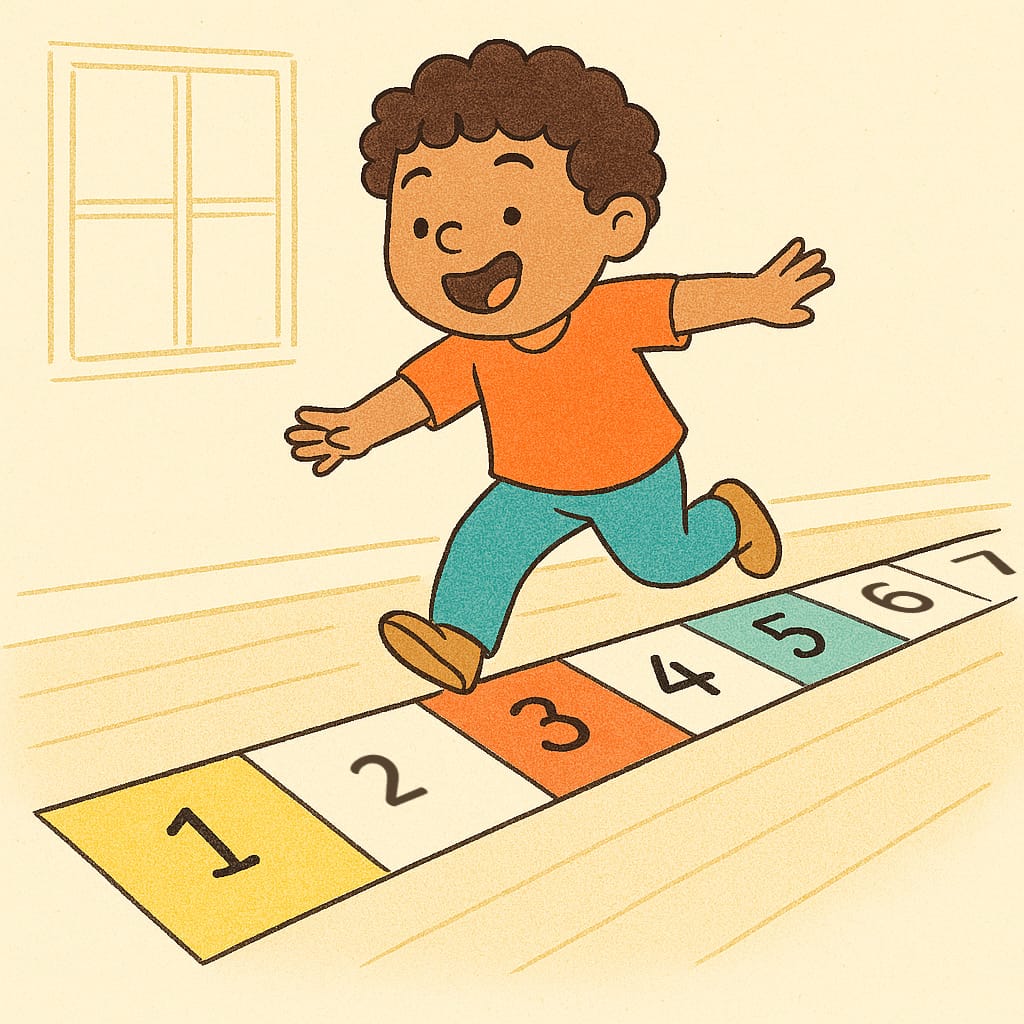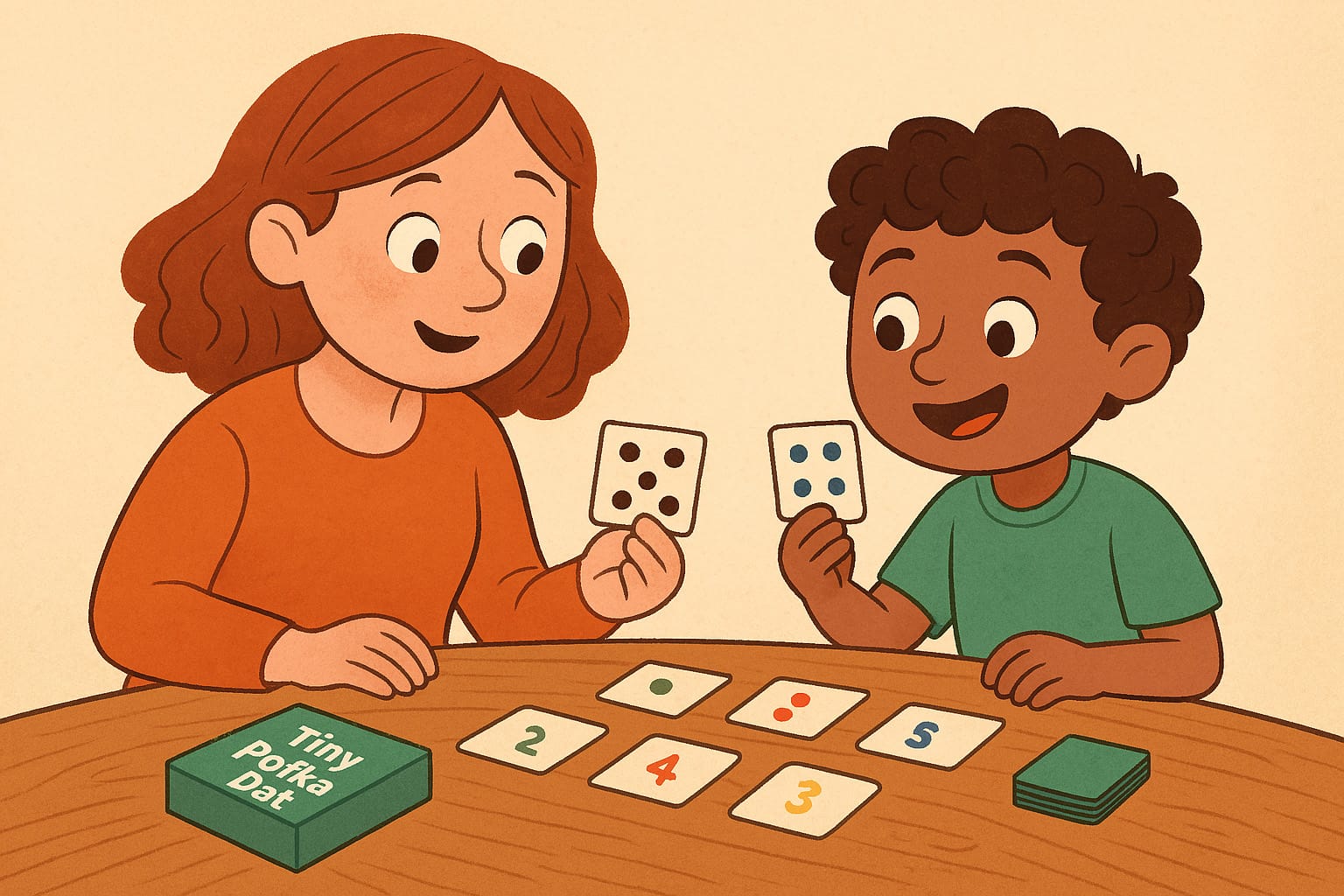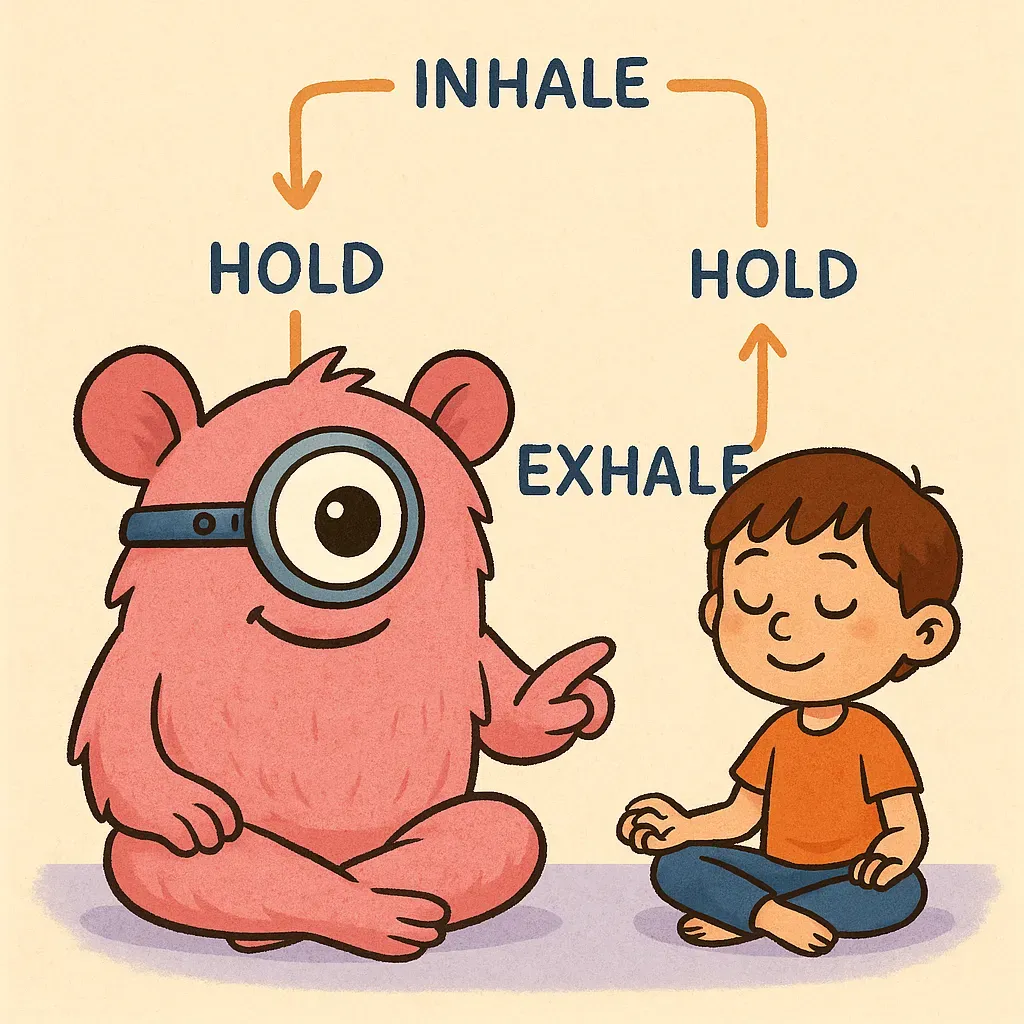Why Do Autistic Learners Need Sensory-Friendly Math?
Autistic children often have unique sensory profiles. Loud sounds, bright lights, or abstract tasks may overwhelm them. Others may seek deep pressure, motion, or tactile stimulation to feel calm and focused.
A 2021 meta-analysis confirmed that over 90% of autistic individuals experience sensory processing differences (source). These differences directly impact how children focus, regulate emotions, and learn—especially in subjects like math that are abstract and structured.
So what’s the answer? Math instruction must adapt.
What Makes a Math Activity Sensory-Friendly?
Sensory-friendly math activities are structured, calming, and tactile. They often include:
- Predictable steps and transitions
- Visual or physical problem-solving
- Movement or fidget-friendly components
- Reduced noise and overstimulation
- Options for non-verbal or hands-on participation
Whether your child seeks sensory input or is easily overstimulated, the right math activity can transform frustration into focus.
6 Sensory-Friendly Math Activities That Actually Work
1. Sensory Bin Math Exploration
Best for: Tactile learners, calming busy hands
Setup: Fill a bin with rice, pasta, or water beads. Add number cards or objects to count and sort.
- Prompt: “Can you find two numbers that add to 10?”
- Variation: Match dot cards to numerals
➡️ Engagement + sensory regulation in one simple setup.
2. Floor Math with Movement
Best for: Kids who learn best through gross motor play
Setup: Use painter’s tape to create a number line or math grid on the floor. Kids jump to answers or step out patterns.
- “Jump to the answer: 3 + 4!”
- “Step only on even numbers.”
✅ Combines math, movement, and spatial awareness for embodied learning.

3. Fidget-Integrated Math Challenges
Best for: Sensory seekers, active learners
Setup: Use silent fidgets alongside mental math. Tape challenges onto fidget cube sides or cards.
- Example: “Each side shows a new challenge—roll it and solve.”
💡 Movement can enhance working memory, especially in neurodivergent learners (source, source 2).
4. Autism-Friendly Math Board Games
Best for: Structured, low-pressure math practice
Top Picks:
- Sum Swamp (basic operations)
- Tiny Polka Dot (patterns and counting)
- Zingo 1-2-3 (numeral recognition)

Modify to fit sensory needs:
- Soft dice
- Fewer pieces
- Low-light play area
🔗 Related: 7 Board Games That Sneak In Math (and ADHD Kids Love)
5. Tactile Math Walk (Texture Paths)
Best for: Kids needing both movement and sensory input
Setup: Create a number path with foam sheets, sandpaper, or felt. Walk it while skip counting or solving problems.
- “Each step is a multiple of 3 - go!”
🧠 A 2020 study in Frontiers in Human Neuroscience found that fine motor skills and visuospatial working memory are key predictors of spatial perspective-taking in autistic children, suggesting that tactile and movement-based activities like this one can help strengthen math-related cognitive functions (source).
6. Water Play Math
Best for: Overstimulated or dysregulated children
Setup: Provide colored water, measuring cups, and containers for playful math exploration.
- “Can you pour exactly 3 cups?”
- “Which container holds more?”
💧 Water calms the nervous system and encourages spontaneous math talk.
If you're searching for "autism water math activities" or "sensory math for autistic kids", this is the section you want.
FAQ: Sensory-Friendly Math for Autistic Learners
What are the best math activities for autistic students?
The best math activities for autistic students include those that are predictable, sensory-regulating, and hands-on. Examples include sensory bins, movement-based math, water play, and visual math games.
How can I make math lessons more autism-friendly?
Start by removing sensory barriers: reduce noise, allow movement, offer visual supports, and let students use their preferred communication style. Add sensory elements like tactile materials or quiet fidgets to help with regulation, based on the child's preferences.
Are sensory-friendly math activities only for special education?
No. While they’re especially helpful for neurodivergent learners, sensory-friendly math benefits all children by engaging multiple senses, encouraging embodied learning, and improving focus.
Can sensory-friendly math help with executive function?
Yes. Many sensory-friendly math activities reduce cognitive overload and support skills like working memory, task initiation, and focus—all components of executive function that are often challenged in autistic learners.
Final Word: Sensory-Friendly Math Isn’t Optional—It’s Foundational
If we want math to feel inclusive, we have to teach in ways that match how kids actually learn—and for autistic kids, that means meeting their sensory needs first.
Sensory-friendly math is not an “extra.” It’s essential.
It creates access. Builds confidence. And allows autistic learners to thrive not just in math—but in themselves.
Want more support for neurodivergent math learning? Explore our series on Executive Function and Math or browse our full Math for Autism collection.


